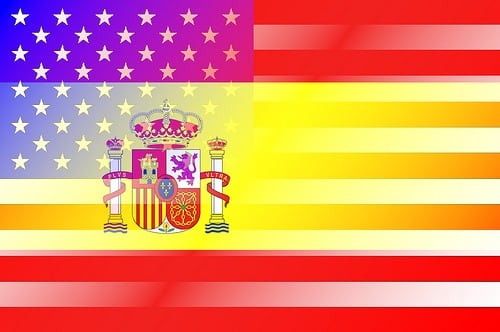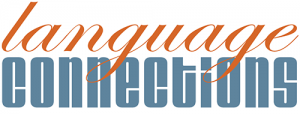English, Spanish, or U.S. Spanish | Spanglish
We know that immigrant groups that have been established in the United States for a long period of time often take their native language and begin to adapt and mix it with that of their host country. When a large group of immigrants accepts these words as part of their every day vocabulary, the language may evolve into a new language, and eventually an official language. Is this the case for U.S. Spanish?
What is Spanglish?
Did you known that some translation services agencies already offer document translation from English into “U.S. Spanish”? You may ask what is considered U.S. Spanish? Some words have been adapted from English in order to reference technology terms. For example, “linkear” is used to refer to hyperlink (Spanish= hacer un enlace) or “googlear” meaning to Google (Spanish= buscar en Google). Others are simply everyday words such as “rufo” or roof (Spanish= techo) or “el parking,” meaning parking lot (Spanish= el estacionamiento).
Moreover, word use may vary between Spanish speakers living in California, for example, and Spanish speakers living in New York City. Despite these ‘regional differences,’ there is a growing population that has established an overall new form of spoken Spanish in the United States. To date there are no standards by which to define this newly developed language, and for many it is simply considered “Spanglish,” rather than a language separate from either European Spanish or Latin American Spanish. However, in certain cases this distinction has an impact on translation from English to Spanish – depending in this case not only on Spanish as the target language, but also on the country in which Spanish is spoken.
American Academy on Language
The North American Academy of the Spanish Language (ANLE) is composed of individuals who are experts on language, including linguists, lexicographers, Spanish language historians, and translators. The goal of the academy is to maintain proper use of the Spanish language by Spanish speakers in the United States. This not only helps to eliminate, for example, the large number of false cognates used between English and Spanish, but it is also necessary to ensure that through its adaptation to the needs of Spanish speakers living in the United States, the understanding of the language is not affected.
The ANLE currently plans to produce a concise list of U.S. Spanish terms to submit for recognition by the Royal Spanish Academy, the world’s official authority on the Spanish language based in Madrid, Spain. The purpose of this is to validate the use of approved words for Spanish speakers living in the United States.
Does U.S. Spanish Have a Future?
Modernization of existing spoken U.S. Spanish, or what some consider Spanglish, is currently underway – but will those changes be enough to bring about an officially accepted new Spanish language? Not yet, but it is still a possibility.
When Spanish was first introduced in Latin America, it blended with and borrowed words from indigenous regional languages, ultimately changing the way it was spoken in each of its adopted homelands. This is very similar to what is happening with the Spanish of those that immigrated to the United States – a new fusion language was created from the two existing languages, English and Spanish.
We have come to accept fusion in various aspects of our lives already. For example, the fusion of music, cuisine and even cultures is quite common. When we look at the history and evolution of most languages, we realize that the majority have actually borrowed words from other languages, and in some cases, such as populations living at the borders, the fusion of two or more languages has occurred. The future of U.S. Spanish remains uncertain for now, but who knows, it may come to be accepted as a separate form of Spanish.
About Language Connections:
Language Connections is one of the top language service companies in the US. Over the last 30 years, we’ve focused on providing the best business translation services, interpreting services, as well as interpreter training and customized language training programs. In addition to top-tier corporate language training, we offer certified corporate interpreters and professional business translation services in 200+ languages. Our network includes linguists with backgrounds in all major industries. They’re ready to meet your needs, whether they’re for technical translation services, legal translation, government translation services, international development translation services, education translation services, life sciences translation, or something else. Reach out to us today for a free quote on our cost-efficient and timely translation services, interpreters, or other linguistic services.
Language Connections Inc.
2001 Beacon Street, Suite 105,
Boston, MA 02135
Phone: +1-617-731-3510
Email: service@languageconnections.com


